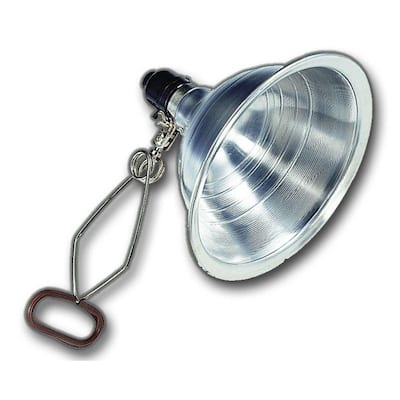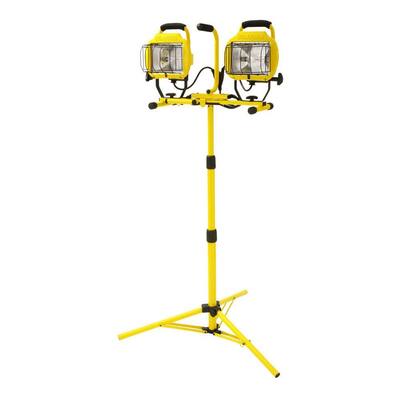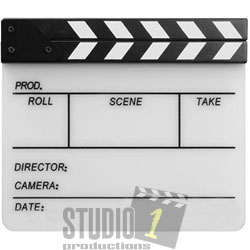
Robert Rodriguez is the writer and director of such films as Sin City, Desperado, and Spy Kids. He has become one of the most influential people for young filmmakers because of how he got his start by making his first film, El Mariachi, for just seven thousand dollars. The whole process of making this film is described in his book Rebel Without a Crew.
The book is written as a personal journal and details how he raised money through medical testing, the production process, and how he ended up selling it and becoming the filmmaker that he is today. This is a definite read for anyone who thinks that the lack of money gets in the way of making their first movie.











